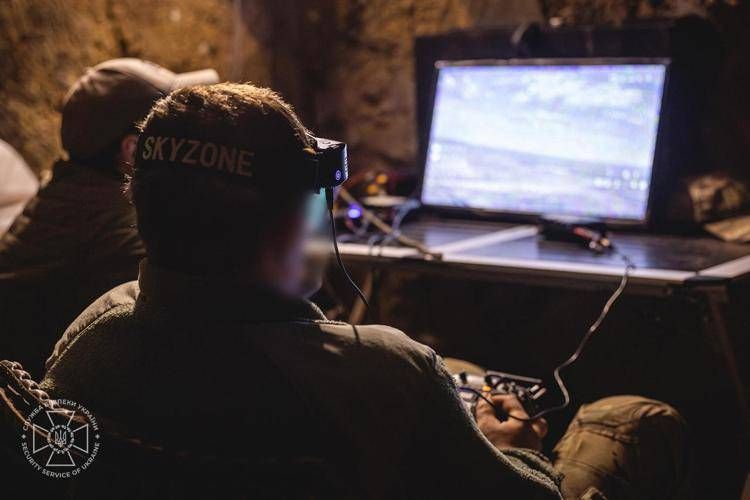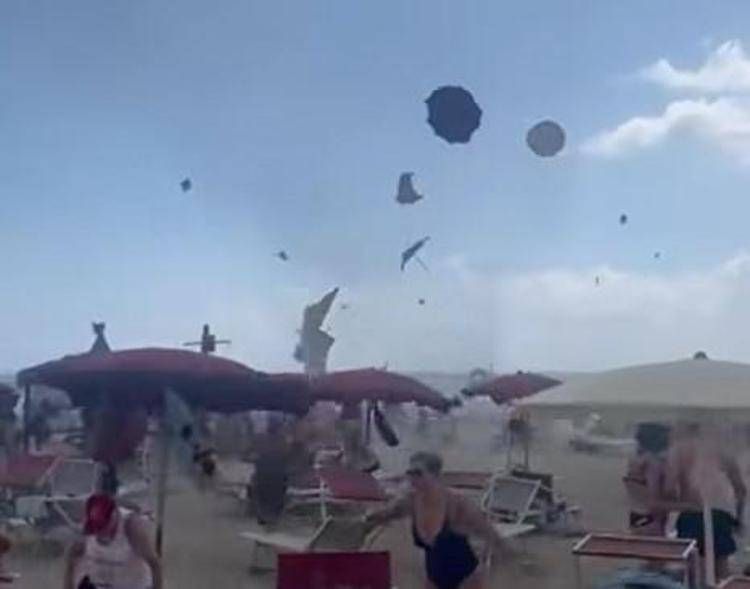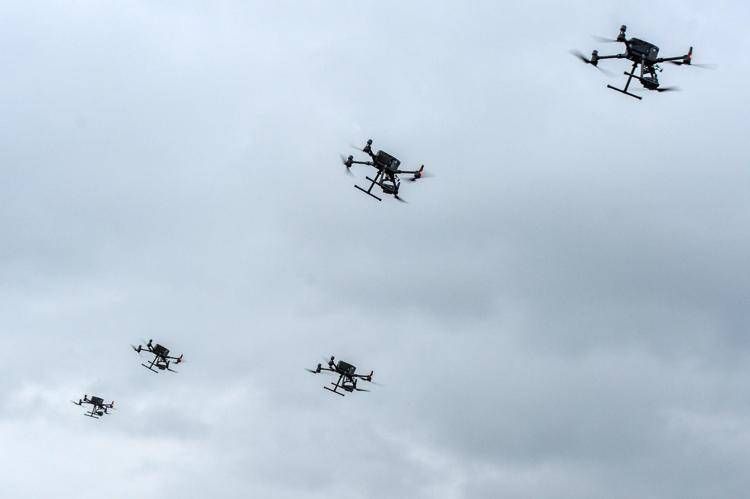
Ukraine strikes in Russia: crisis for Russian intelligence after attack on strategic bases
-


Meloni-Onu: “Russia e Israele oltre il limite, servono regole nuove”
-


Roma, arrestato trentenne: 70 kg di droga nascosti in auto “caveau” VIDEO
-


Tromba d’aria spiaggia di Maccarese: ombrelloni in volo, panico tra i bagnanti VIDEO
-


Cima Falkner si sgretola, vietati sentieri e vie alpinistiche nel Brenta VIDEO
Operation ‘Pavutyna’ reveals serious flaws in Moscow’s security: up to 40 aircraft destroyed at five bases far from the front line. Fears of a nuclear response grow. A Russian ‘Pearl Harbor’?
The attack carried out by Ukraine against at least five Russian military bases has had a devastating impact. Some pro-Kremlin nationalist bloggers have gone so far as to call it a ‘Pearl Harbor’ for Moscow. According to sources in Kiev, 41 aircraft were hit, at least ten of which were completely destroyed. The Wall Street Journal confirms that 41 aircraft were involved. If the numbers are confirmed by satellite images in the coming days, this would be one of the most incisive operations ever carried out by Ukrainian forces since the start of the Russian invasion.
The shadow of nuclear escalation
The Ukrainian attack comes as the conflict is changing shape. Russian doctrine provides, at least in theory, for the use of nuclear weapons even in response to a conventional attack that seriously compromises the country’s territorial integrity. On Telegram, some members of the so-called ‘Z community’ are openly calling for a nuclear response against Ukraine, calling the attack a ‘legitimate reason’ for the use of nuclear weapons.
A war of depth
According to military analysts, the conflict has now moved beyond the trench warfare phase. With Russia struggling to replace lost equipment – annual production is estimated at 80 tanks, equal to those destroyed in May alone – the front line is shifting to the rear. Moscow is attacking civilian infrastructure, while Kiev is responding by targeting strategic assets. Operation ‘Pavutyna’ has been in the planning stages for over a year, according to President Zelensky, who congratulated the head of the Ukrainian security services, Vasyl Malyuk, on the success of the operation.
Five bases were hit, some as far as 5,500 km from the front line
Moscow has confirmed that five bases were attacked: Belaya (Irkutsk region), a site in the Amur region, Olenya on the Kola Peninsula, Dyagilevo (Ryazan) and Ivanovo. According to Russian sources, the drones were launched from trucks positioned near the bases. Well-known military blogger Rybar reports the destruction of at least eight Tu-95MS bombers, four Tu-22M3s and one An-12 cargo plane. Kiev also claims to have neutralised 34% of Russia’s strategic cruise missile launchers.
Implications for European security
The loss of a significant portion of Russia’s strategic fleet could also have direct repercussions on future negotiations on strategic arms reduction between Moscow and Washington. If Ukraine’s estimate of 30-40 aircraft destroyed is correct, Russia’s strategic capability would be almost halved: a heavy blow for the Kremlin.
The attack also changes the balance of power in Europe. With Russia short of conventional weapons, its threats to countries such as Poland and the Baltic states lose force. According to Western military sources, Kiev’s allies are increasingly aware of the new phase of the conflict: there is no longer talk of sending soldiers to the front, but of strengthening their presence in cities as a deterrent.
A blow to Russian intelligence
Despite the recent transfer of dozens of strategic aircraft from Siberia to the Kola Peninsula – an operation that usually precedes attacks – Russian intelligence seems to have been taken completely by surprise. The difficulty of protecting large aircraft such as the Tu-95MS from swarms of small drones confirms a vulnerability that Kiev has been able to exploit to the full.
THE LATEST NEWS
(Photo: © AndKronos)
-

 Sport22 ore ago
Sport22 ore agoSinner-Atmane Pechino, orario e diretta tv del match di sabato
-

 Primo Piano22 ore ago
Primo Piano22 ore agoTrump, nuovo piano di pace per Gaza: accordo in 21 punti
-

 News22 ore ago
News22 ore agoCaso Garlasco Sempio, genitori sentiti per 7 ore: «Mai corrotto nessuno»
-

 International-News12 ore ago
International-News12 ore agoMusk Prince Andrea files Epstein: new documents reveal connections










